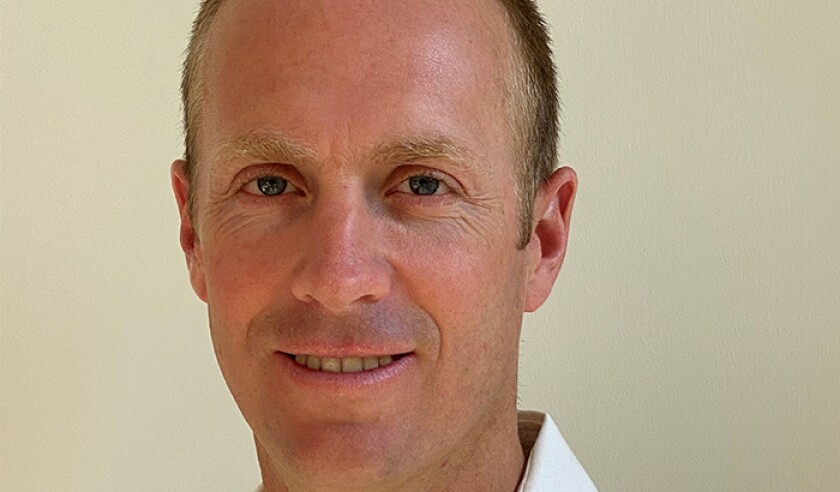
Attractive returns in the ILS space could result in continued expansion as cat bond rates got more competitive in the 1 January renewals, according to Gallagher Re.
“There's more hunger from the ILS markets full stop,” CEO Tom Wakefield told this publication, in an interview coinciding with the publication of Gallagher Re’s 1st View report on January renewals.
He added that although there is further investment in the space, it is “mainly coming from the cat bond market, where there's improved favourable outcomes for clients.”
In the retro market, Wakefield said demand is stable and supply is increasing.
“We're seeing a lot more expansion of current UNL cover, less index cover, and then obviously some softening is pushing the price down particularly in the remote return periods,” Wakefield said.
Part of the expansion of the cat bond market is through the “broadening out” of cat bond types, he added, noting the doubling of parametric products over the past year as well as the launch of some cyber bonds.
“Where there's value and where clients are comfortable with the coverage they're getting and the nature of how the bonds operate, we will continue to see upsizing,” Wakefield said.
“We're seeing the cat bond market become more competitive,” he added, noting that this was resulting in retro UNL and cat bond pricing coming off faster than some of the ILW pricing.
Overall, Wakefield said reinsurers are now faced with an attractive segment.
“They're making plenty of returns for their shareholders, and they're starting to add some consistency to those returns,” he said.
“As retained earnings continue to increase, more capacity will be available, which remains at historically elevated pricing levels.”
Reinsurers “not close” to pre-hard market levels
Reinsurers now have the ability to concede some ground on treaty terms and conditions following widespread restructuring of contracts and significant price increases during 2023 and 2024.
Wakefield said that while this year’s renewals have shown softened conditions, reinsurers are still well positioned.
“Are we back to where we were before the harder market? No, and we're not close,” said Wakefield.
“Deductible levels are significantly higher than they were, as is pricing. Is there room for reinsurers to make good returns and do more to move towards our clients? Yes, there is.”
The executive stressed that while some property cat treaties renewed with meaningfully reduced rates on top layers at 1 January, the outcomes of the negotiations varied significantly.
“We've seen a wide variety of outcomes from clients based on their performance, both current year [and] adverse development; the data that they provided; the analysis that's been undertaken on their portfolios; the views on risk that have been developed on the back of that… and then wrapping that with external data sources,” he said.
Wakefield added that where there were major price reductions on cat programmes, there were “many reasons” for them.
“One example is top layers that were bought in high inflationary environments and capacity constrained markets back in 2022-2023. Now there's ample capacity, and those layers have been materially repriced,” he said.
Overall, Wakefield said that the non-life primary market is now “in a stronger financial position” after years of improved pricing and higher interest rates.
“Insurers’ combined ratios are in the low 90s, albeit some regional insurers have faced some challenges, particularly in the US, with severe convective storms and frequency losses,” he said.
“Reinsurers have been the beneficiaries of these improvements, both in terms of the underlying insurance pricing, but also higher reinsurance prices, tighter terms and conditions and adjustments to attachment points.”
In particular, Wakefield highlighted how the increase in insurers’ retentions has meant that over 2024, reinsurers did not shoulder the burden of much of the year’s ~$135bn cat loss load.
“We have to acknowledge, as an industry, that global reinsurers are on track for an exceptional performance with combined ratios on average of 90% or below,” he added.
Capital and signings
Gallagher Re estimates that around $1bn in new capital entered the market for 1 January – a relatively small amount compared to previous hard market cycles.
However, Wakefield said capital flows are becoming more rapid, driving quicker cycle shifts and providing one of the reasons why capital has come into fast-to-deploy ILS structures.
On the demand side, Wakefield estimated there was around 5% more demand in the cat market at this renewal, mainly driven by inflation, which is now slowing.
The CEO said reinsurers were willing to provide some aggregate products, as well as prepaid reinstatements in certain regions and segments.
“It's nuanced, it's specific to the client, but we are seeing some broadening of coverage,” he said.
While at this renewal, as at the last, there have been sign-downs as the market softens, Wakefield said this was not consistent across the board, adding that some cedants had programmes that were 200% placed and others just filled their placements.
In casualty, Wakefield said the reduced appetite from reinsurers for US general liability exposure due to social inflation has led to more competition to reinsure international casualty books.
